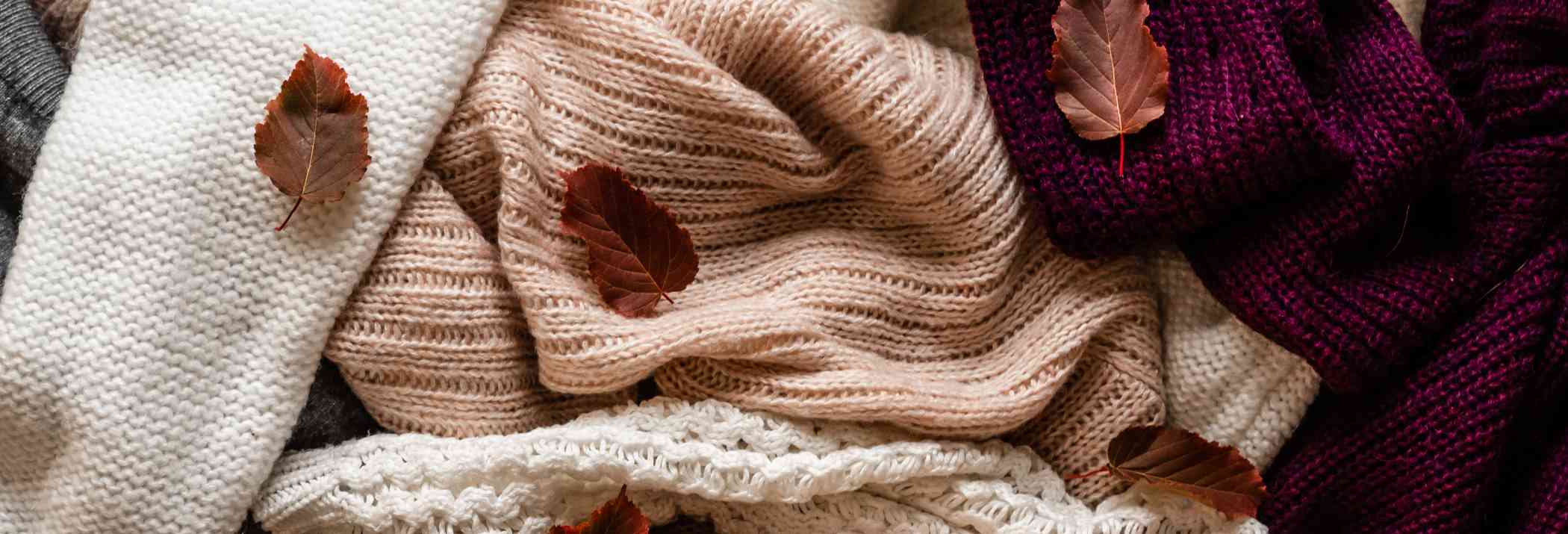Textile Design - 4 Things You Need To Know To Achieve The Best Results

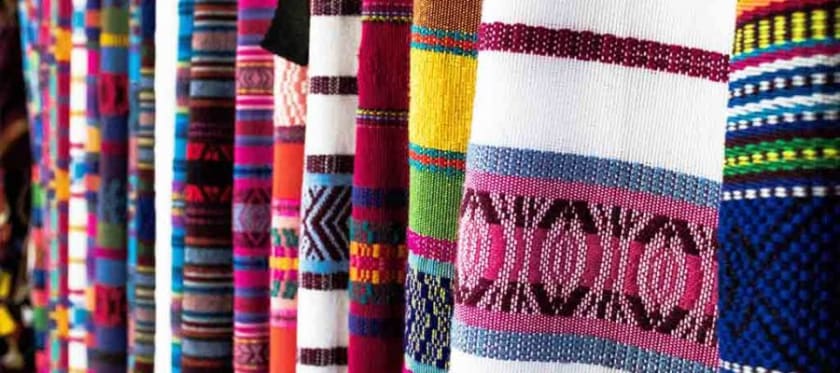

A textile designer is simply someone who creates designs for woven, knitted, or printed materials for use in apparel and home décor. In most situations, their strategies can be utilized for repeated manufacturing or exclusive lines. However, small enterprises frequently ignore this design style because of limited resources. Depending on the textile's intended application, one or more of these procedures may be necessary for the textile substrate.
- You must possess artistic and creative abilities to work as a textile designer
- Understanding of yarns, colors, patterns, and texture
- Awareness of color, form, and shape.
- Understanding of software used in the design.
- Strong presenting, negotiating, and communication abilities.
- To adhere to a budget and timeframes.
- Talents in problem-solving.
Depending on the textile's intended application, these procedures may be necessary for the textile substrate.
What a textile designer should be aware of?
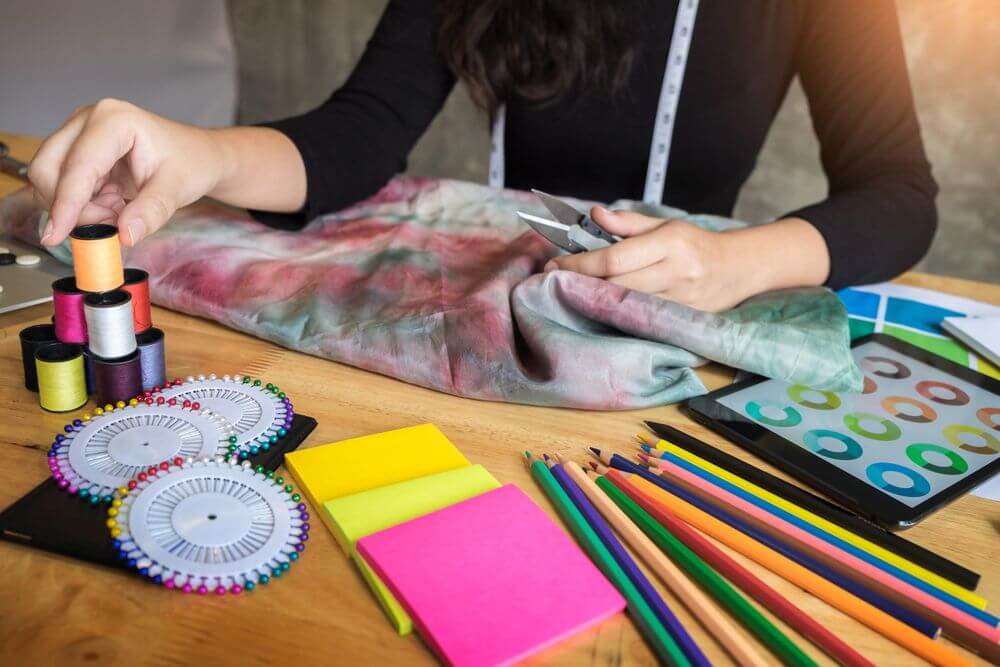
Textile designers must be adept at bringing their concepts to life using technical tools like CAD software and an understanding of Pro-Weave.
Qualifications required of textile designers
- Drawing prowess
- Imaginative flair
- Aesthetics
- Coordination of colors
- Sewing
- Embroidery
- Attention to detail
- Knowledge of form and shape
The main focus of the textile design is on creating the cloth utilizing various methods, including printing, weaving, trace embroidery, and color gradation. After the procedure has been defined, virtual samples are made, and prototypes are put into practice.
To protect our dwellings from heat and cold, we employ textiles. The furniture on which we sleep and sit comprises numerous textile goods. In addition, fabrics are utilized in window screens, roofing materials, wire covers, wall coverings, and blinds.
What are the tasks and roles of a textile designer?
- Creating designs, samples, and drawings to offer to clients
- Creating collections of model designs
- Coordinating with technical, marketing, and buying personnel as well as clients to plan and produce designs
- Understanding and presenting clients' ideas with accuracy
- Calculating design formulas for a collection of samples
You will develop essential transferable skills, like teamwork, project management, communication, marketing, and commercial awareness, and practical and design-thinking abilities when studying textile design.
It's not a simple process to design, particularly textile design. You may do this challenging chore more efficiently by utilizing a few unique strategies. Designers of clothing and textiles are frequently imaginative and create original patterns — which is crucial to producing basic textile designs.
Textile Design - 4 Things You Need To Know
1. Fiber creation
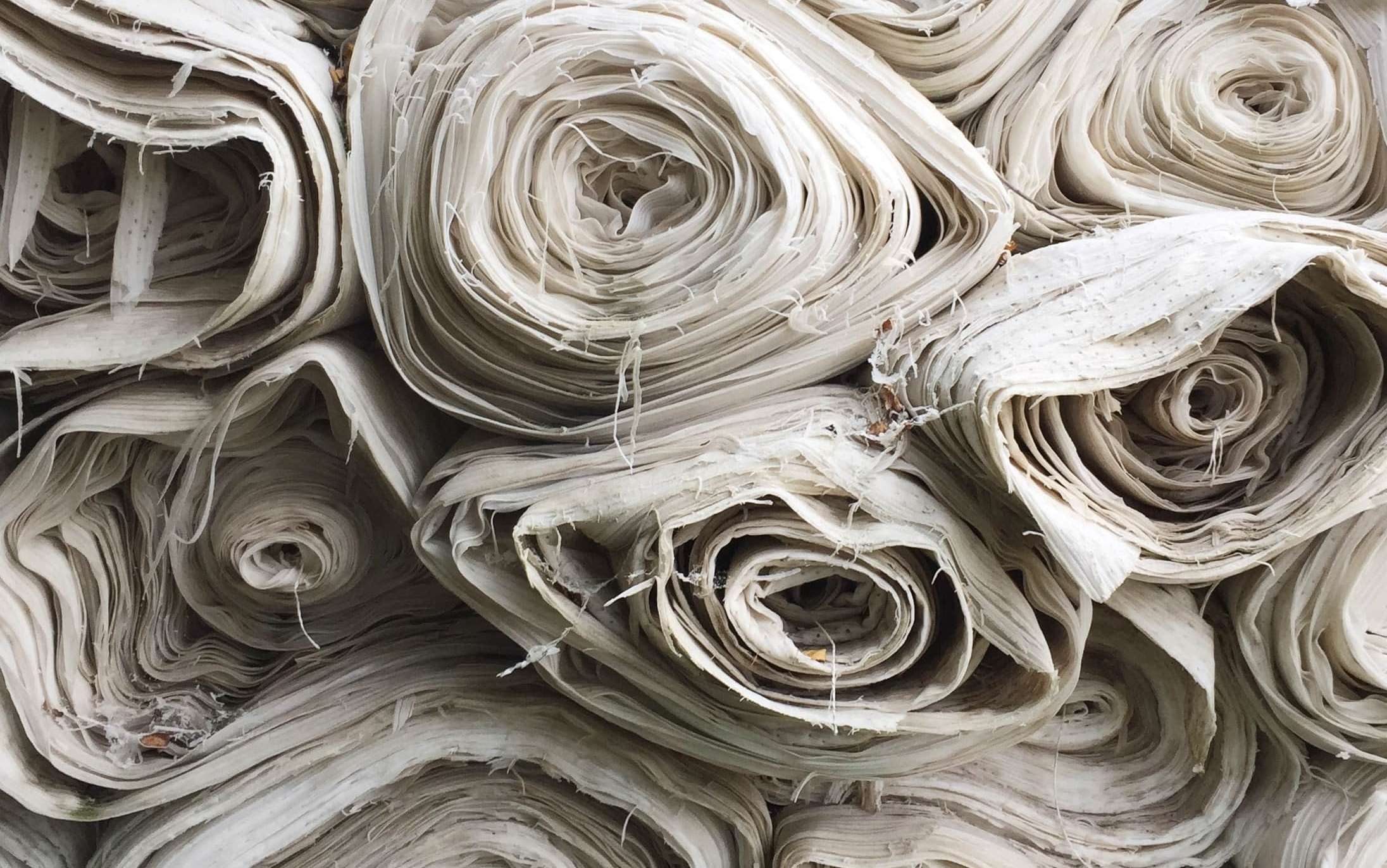
Fibers are the building blocks of all textiles and are organized in various ways to give them the necessary strength, durability, look, and texture. The fibers can come from a wide variety of sources. However, they can be divided into four major types. Except for silk, natural fibers have a relatively short length, expressed in centimeters. On the other hand, silk and synthetic fibers are extremely long and can be hundreds of meters to kilometers in length.
Cellulosic material, which makes up plant fibers, is often produced from plants like cotton, linen, hemp, or bamboo. However, virtually any plant having cellulose that can be extracted can be employed. By far the most widely used plant fiber, cotton, requires many resources to grow. If cotton isn't grown organically or under specified sustainable circumstances, it requires substantial inputs of water, herbicides, insecticides, and fertilizers, which leaves a big harmful footprint wherever it is grown.
Proteins can be found in animal fibers. The most often used fibers in this category are wool and silk. However, the wool may originate from a variety of animals. Pesticides and insecticides stop the sickness from helping animals develop more quickly and yield more wool. In sheep husbandry, dipping—which uses both organic phosphates and synthetic pyrethroid—is a standard procedure to control parasites.
Based on cellulosic raw material, often from wood pulp, are synthetic fibers like viscose and lyocell. Before the new fiber is spun, they are chemically severely treated. Turning wood pulp into fibers consumes many resources and uses various dangerous chemicals.
Polymerizing monomers create synthetic fibers from feedstocks derived from fossil fuels into multiple fibers. Many combinations may be formed given the numerous monomers produced from a synthetic feedstock. However, polyester, polyamide, polyacrylic, and aramid are the most popular synthetic fibers. In addition, countless different chemicals may be employed in the process, depending on the monomer utilized to create the fiber.
2. Manufacture of fabric
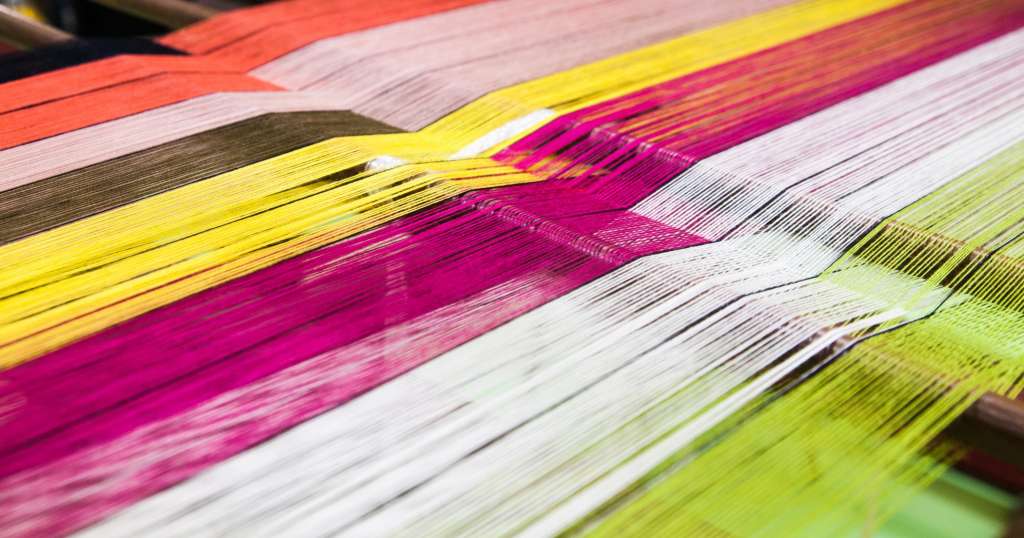
Fabric manufacturing is at the heart of the textile industry. There are several techniques to make textiles, with weaving, knitting, and the creation of non-woven materials being the most popular. It's crucial to reinforce the yarn and lower friction in these operations to stop the yarn from breaking. As a result, sizing chemicals and lubricants are applied.
- Weaving
- Knitting
- Non-woven
3.Pre-treatment
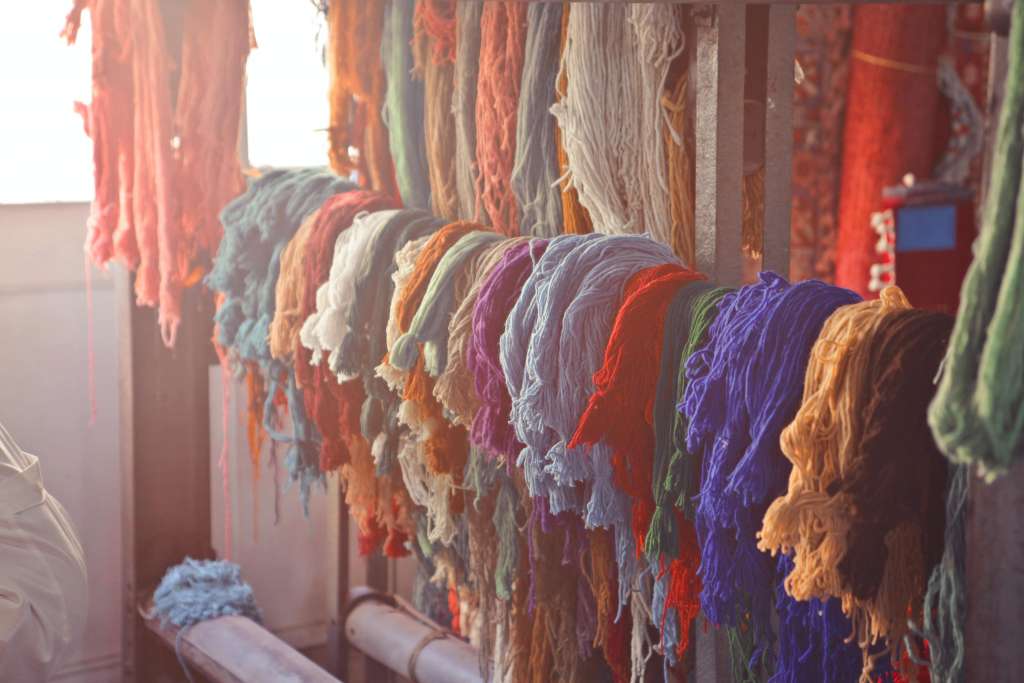
Fibers, yarns, or textiles can all be used in pre-treatment procedures. It allows for further processing of the substance, which must first be ready to take functional chemicals and dyes. This is carried out in stages. Depending on the type of fiber or blend of fibers and the post-processing that will be done, specific steps that the fabric must go through may vary. Pre-treated materials may occasionally be produced for use in garment dyeing.
The most frequent procedures for a cloth that uses chemicals are:
- Following earlier procedures and treatments, washing and basic cleaning of the fabric.
- The warp strands in the woven fabric's de-sized are cleaned of the sizing agents.
- The cotton seed, husk, and natural fibers are cleaned by scouring to eliminate fatty waxes and greases.
- The fibers get whiter after bleaching, which also makes dyeing easier. It also increases the absorbency of the fibers.
- Cellulosic fibers gain strength, luster, and a better capacity to absorb color after mellowing. One can lessen the number of colors used by doing this.
- Wool that has been carbonized has vegetable residue like seed pods removed.
4. Using dyes and printing
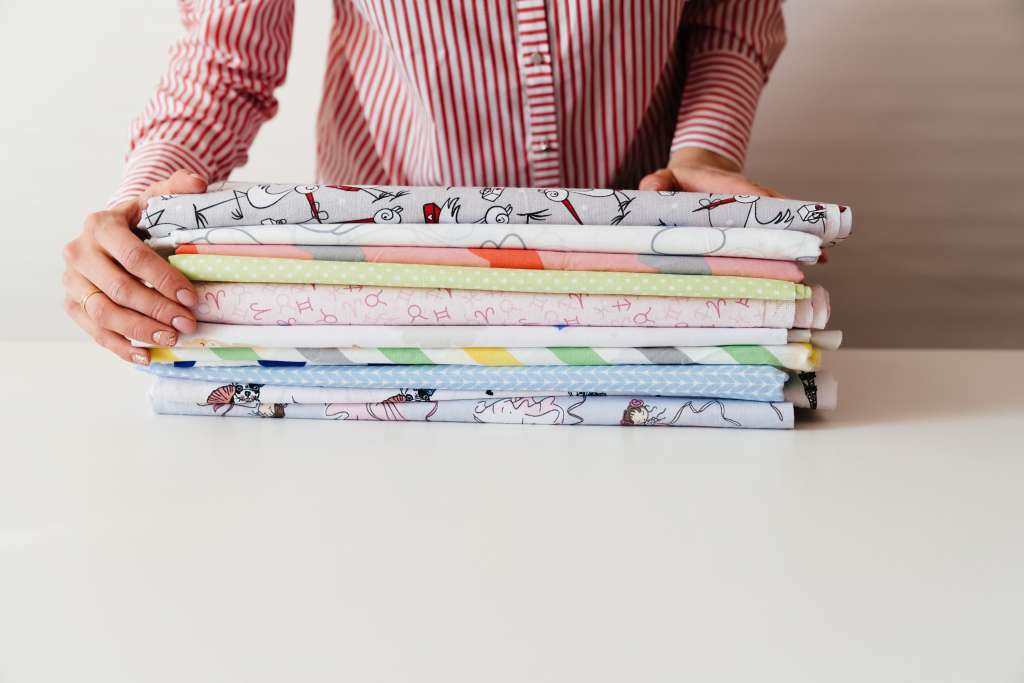
Both dangerous chemicals and dyestuffs are employed throughout the dyeing and printing processes. Therefore, the same fixing and washing procedures as following the dyeing process must be followed when using dyes that are also used for printing. To adhere pigments to a surface using polymeric resin or a binder, pigment prints are the most popular method of printing a cloth at full width.
No cleaning procedures are required. Plastisol printing is often used for clothing printing. There are alternatives based on acrylic or polyurethane if you choose not to use the PVC-based paste, which frequently contains harmful compounds like phthalates.
Various colored fibers, such as viscose and wool, can be spun together to create fiber mixes. Full-width printing is done on materials that have already been treated, although screen or transfer printing can also be used to imprint a design on a garment or produced textile product. Another approach is digital printing.
Other printing methods include discharge printing and resist printing using dyes and chemicals. This involves washing to remove excess colors and stains.
- Dyeing
- Printing
- Washing
Conclusion
Whether fashion producers are selling their products online or offline through social media, small enterprises, or huge retailers, Fashinza aims to provide them with comprehensive textile production solutions. The company assists clients in selecting the top Indian garment manufacturers using social media before organizing the entire manufacturing process, which includes fabric sourcing, pricing, samples, production, quality control, and delivery. Utilizing social media platforms for work-related activities in production helps businesses save time.
Fashinza makes it possible for companies to monitor the status of their purchases on social media or other platforms, ensuring timely delivery and keeping our partner companies informed at all times.

















